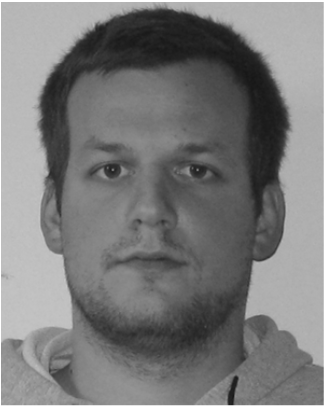Review of mm-wave technologies for 5G
Millimeter waves (mm-waves), which occupy the frequencies from about 30 GHz to 300 GHz, are among the most serious candidates for future 5G technology, because they offer a huge amount of unutilized or under-utilized spectrum, unlike lower frequencies. There are many challenges with using mm-waves for mobile, most notably the propagation losses. Due to their higher frequency, free-space loss when using isotropic antennas is much higher, diffraction is less pronounced, and absorption in many materials can be very high. Therefore, sensitivity to blockages is higher, and propagation tends to be mostly line-of-sight. This can be mitigated by MIMO beamforming, which provides gain to counter the propagation losses. However, to provide sufficient gain, arrays with hundreds of elements may be needed, which means that MIMO will have to be implemented on a much larger scale than it is currently (i.e. less than ten antennas).
In this talk, current state of research in enabling technologies for mm-wave cellular communications will be reviewed. Discussed topics include propagation measurements and channel modelling, various MIMO architectures and mm-wave antenna designs with potential for 5G.


